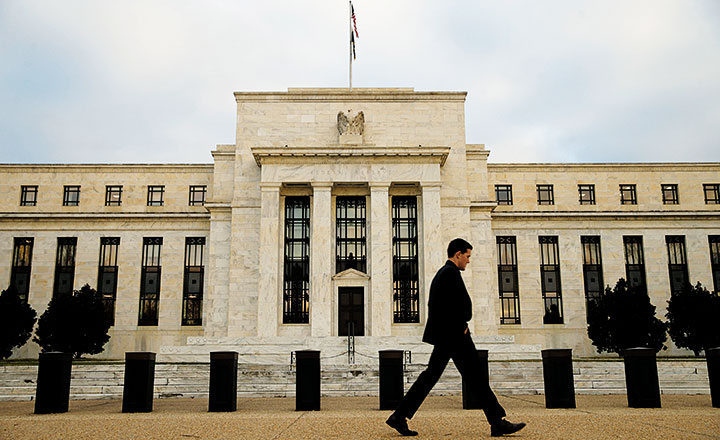The current path that the global economy and markets are on is subject to ever-growing stress. It has excessively decoupled asset prices from the underlying fundamentals and distorted the allocation of resources. It has also exposed central banks to huge political risk and aggravated the inequality trifecta of income, wealth and opportunity. All of this is fueling the growth of anti-establishment and non-traditional political movements on both sides of the Atlantic, as well as accentuating geopolitical tensions. The adventures and misadventures of central banks, the world’s most influential policymakers in recent years, provide a unique perspective on this unusual phase in our economic history.
Having inadvertently allowed and enabled irresponsible risk-taking, including the migration of financial activities to unregulated areas, central banks are today forced into a ‘whatever it takes’ crisis management mode. Resorting to bold measures, they helped the global economy avert a costly, multi-year depression. But, lacking the support of other policymaking entities with tools better suited for the tasks at hand, their ‘only game in town’ reality forced them to venture ever deeper into experimental policy terrains, with all the unintended consequences and collateral damage that this threatens.
We have arrived at a ‘T-junction’. Within the next few years, the current path will give way to one of two starkly different outcomes. One promises the return of genuine and inclusive growth, allowing the global economy to prosper, getting rid of excessive indebtedness and helping heal a partially dysfunctional political process. The other involves economic stagnation, beggar-thy-neighbour policies, and the return of financial instability — all of which would aggravate political polarisation.
There simply isn’t enough data right now to specify with a sufficient degree of confidence which of the two outcomes will prevail. Moreover, there is nothing pre-destined about what transpires. Much will depend on the actions of governments, companies and households. Rather than bet prematurely on one of the two outcomes, and instead of being paralysed by the uncertainty, there are steps that we can all take now to ensure that we are better placed to handle what eventually transpires: they speak to building the trio of resilience, agility and optionality.
Who’s next?
Central bank activism did not stop with their success in normalising utterly dysfunctional markets and calming a financial crisis that had brought the global economy to a virtual standstill. Having succeeded, they then found no one to hand off to for the next stage of the economic recovery. As such, they felt that they had no choice but to take on unprecedentedly large responsibilities for the macro economy. This was not a power grab. Nor was it something that central banks were seeking. Instead, with political dysfunction paralysing other policymakers with better policy tools, central banks felt a moral and ethical obligation to do whatever they could to buy time for the private sector to heal and for the political system to get its act together and assume its economic governance responsibilities.
In this new role, central banks did more than assume a leadership role. They also supplied almost the entire content of the policy response, and did so with inherently partial and blunt measures. Being the only game in town, central banks found themselves pushed ever deeper in experimental policy terrain, and they have stayed there much longer than anyone anticipated, or may have hoped for, initially. Policymaking often entails difficult trade-offs. This phase of modern central banking has been no different, though with one major qualification: This time around, central banks have not been able to resort to reliable insights and information from historical precedents, analytical models or past policy experience. There are none that can guide them properly and inspire well-placed confidence.
On the positive side, the unconventional measures taken by central banks did manage to buy considerable time and space for others to get their act together. This process also facilitated major private sector balance sheet re-pair, starting right from banks and then moving on to corporations and households. They contributed to growth, albeit frustratingly tepid, and, in the case of the United States, to significant job creation. Like dedicated engineers, central banks constructed the best possible bridge with the limited materials that they possessed. But no matter how long a bridge the central banks may have built, the right destination was never theirs to deliver on their own.
Content reproduced from Allianz. El-Erian is also the author of The Only Game in Town











